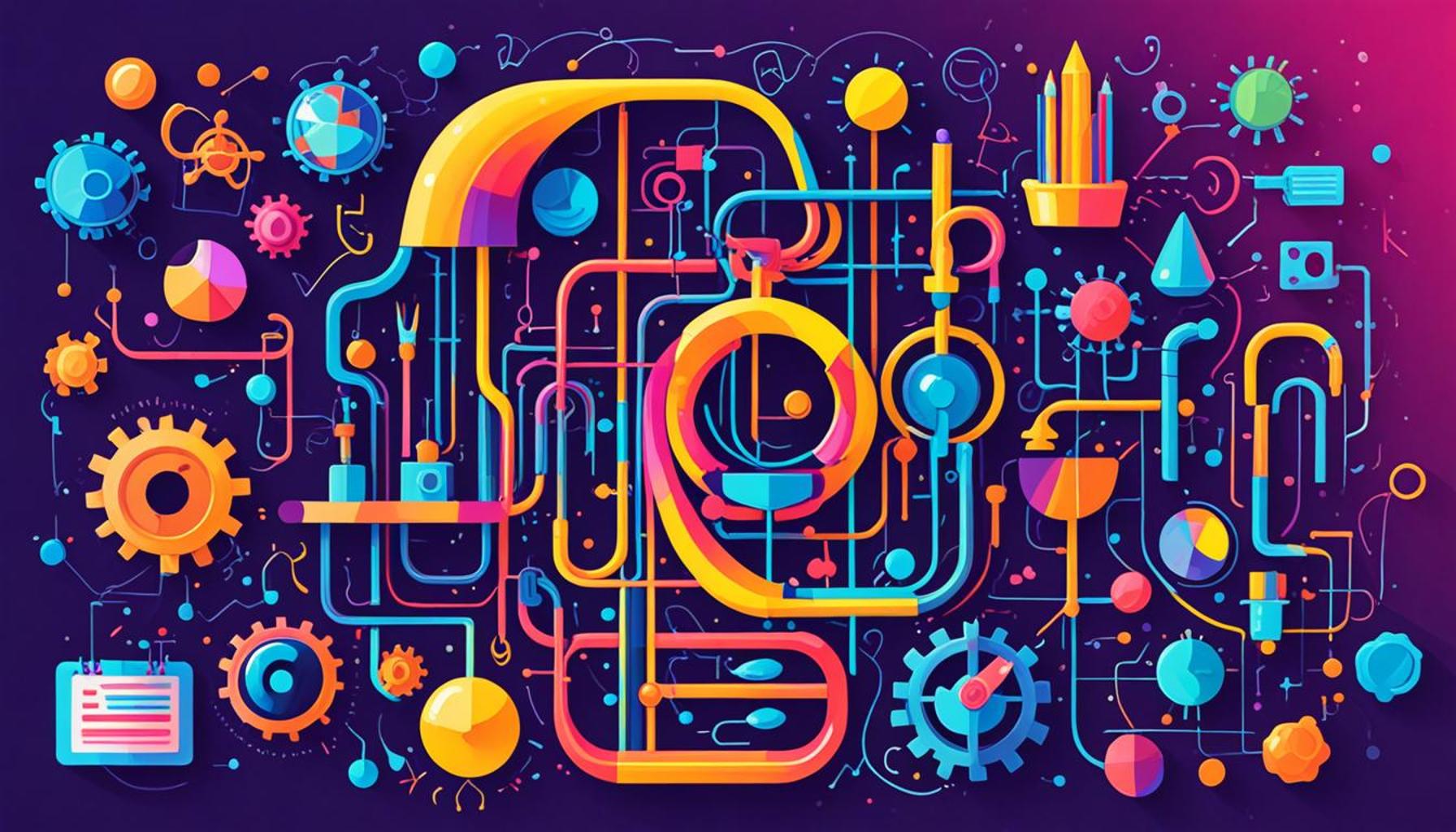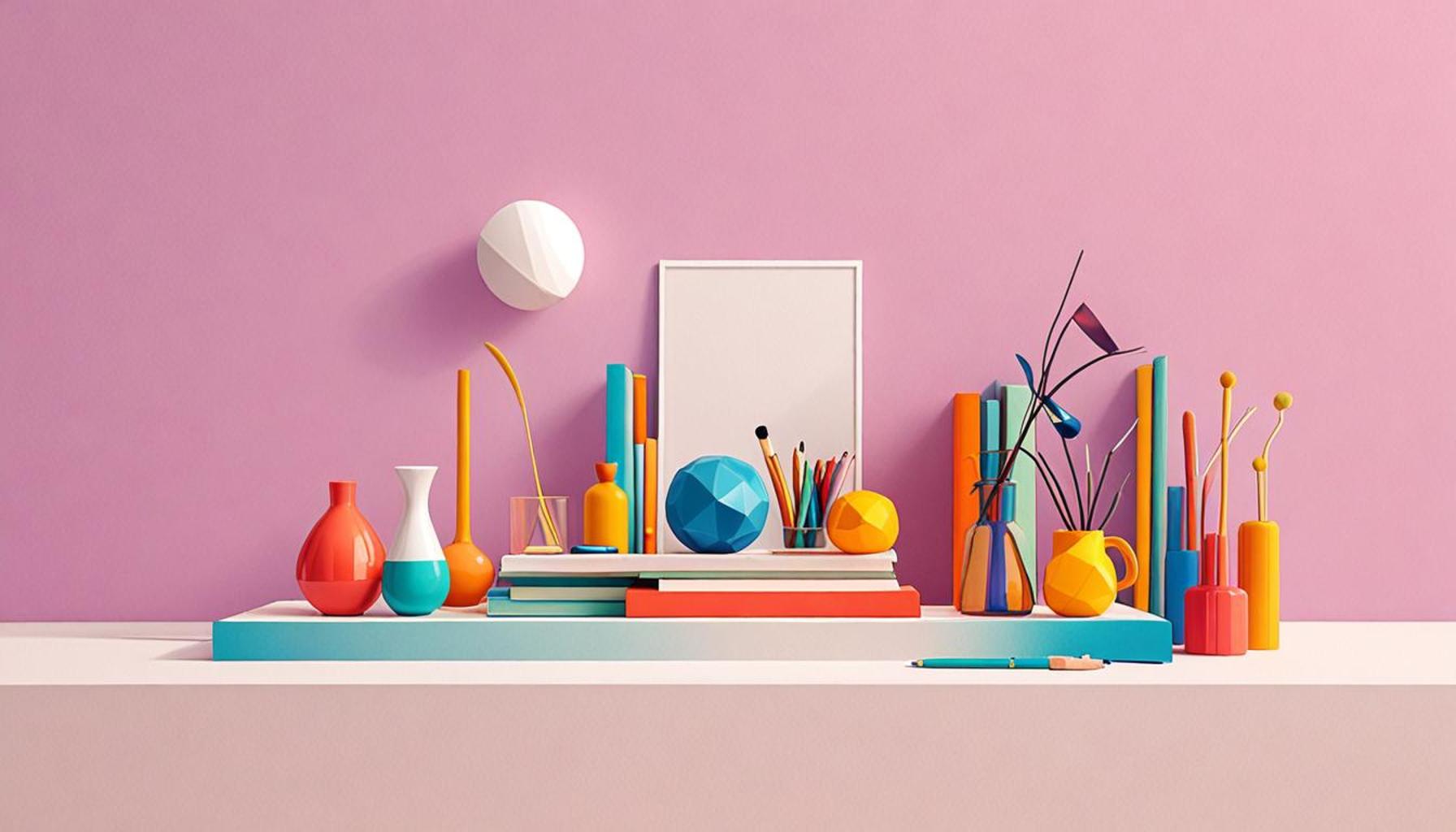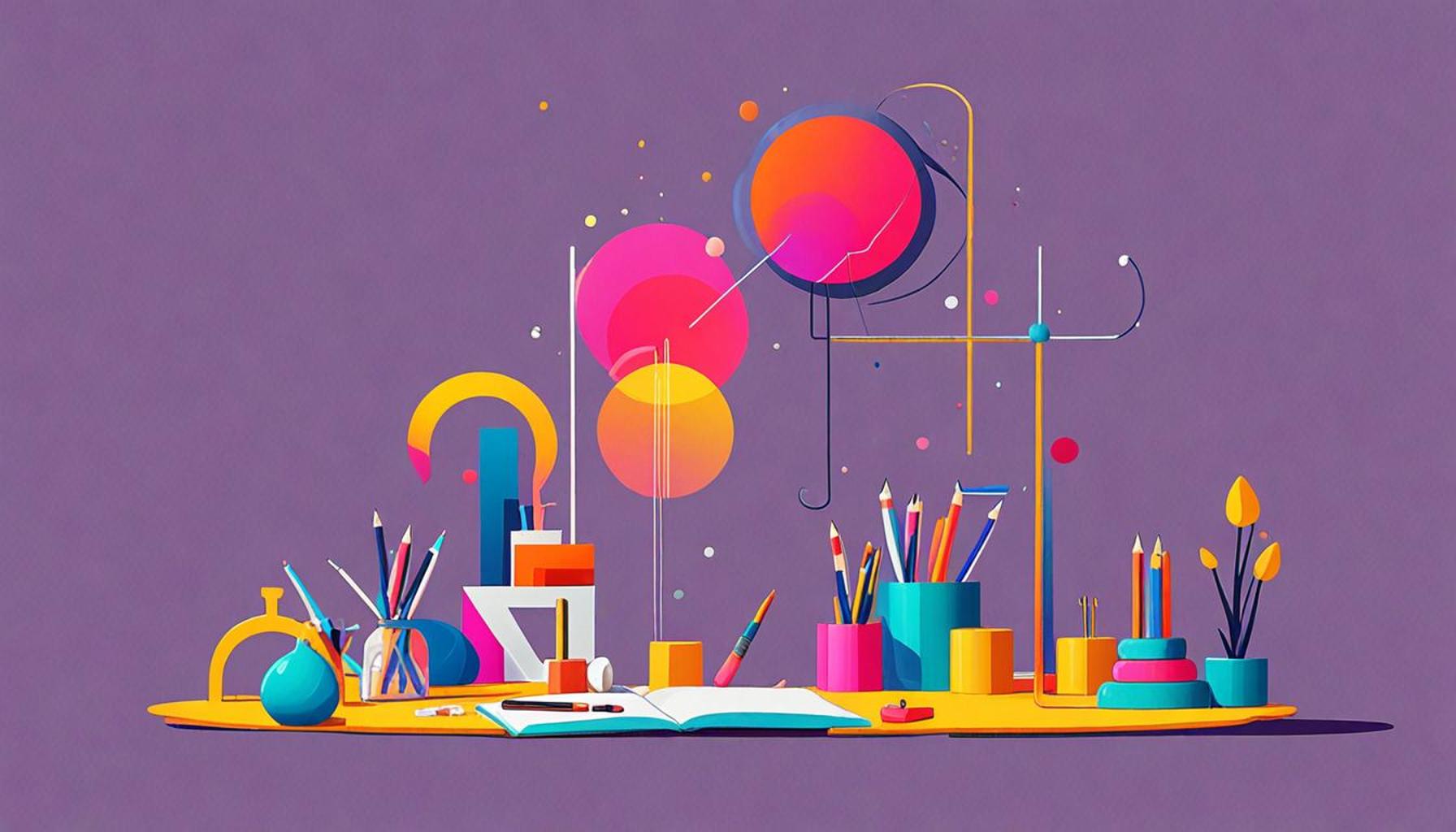How Intentional Design Can Transform Your Personal Organization Routine
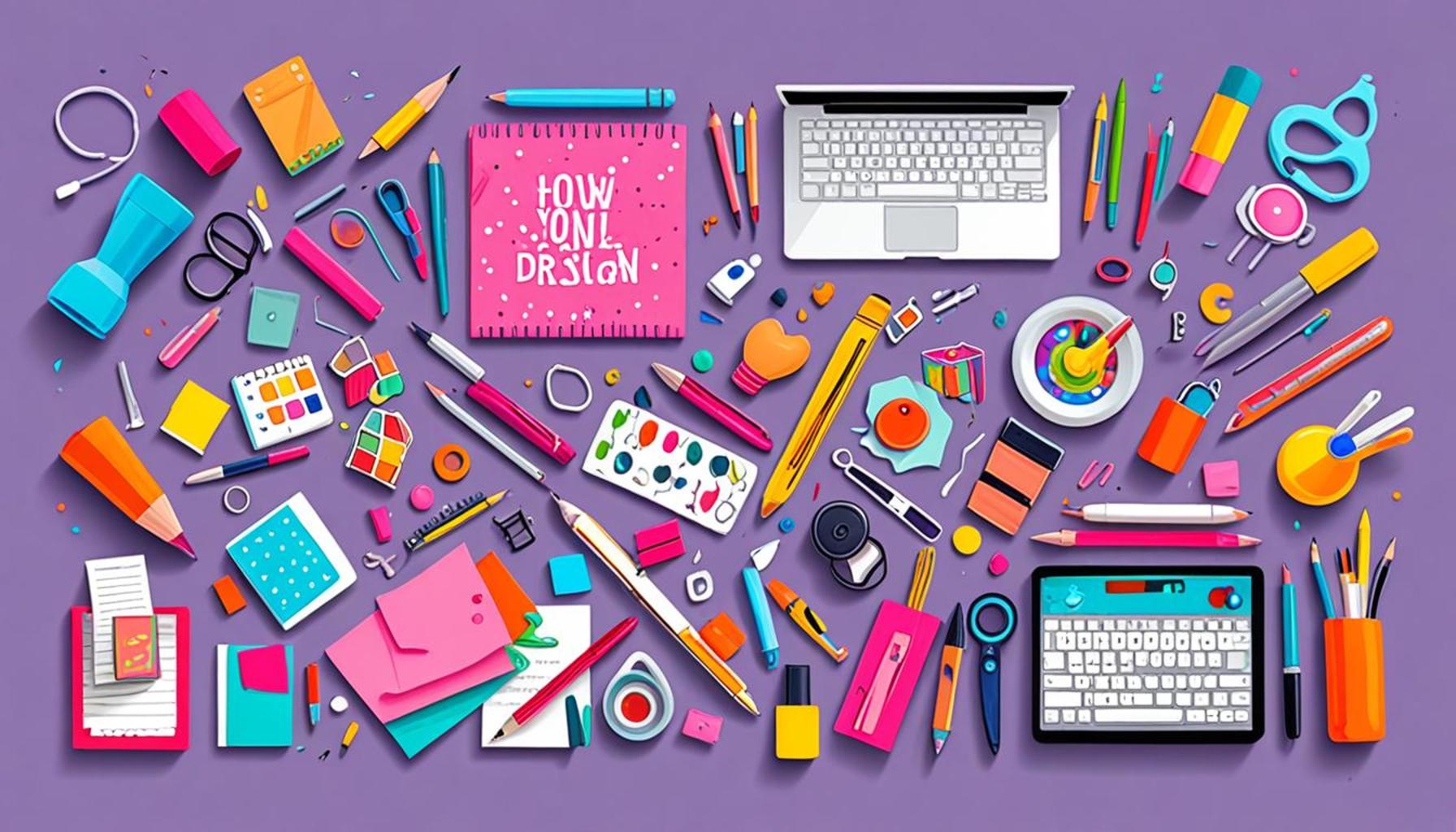
Exploring the Benefits of Intentional Design
Imagine entering a workspace where every object is deliberately placed, contributing not just to aesthetics but to a seamless flow of productivity. This touches on the concept of intentional design, a transformative philosophy centered around the idea that our environments can significantly impact our efficiency and mood. This method of organizing goes beyond mere decoration; it’s about functionality combined with purpose.
Implementing intentional design can lead to several benefits:
- Clarity: By adopting streamlined processes, you can effectively eliminate clutter and confusion. For instance, in a home office, organizing files with a clear labeling system enables easier navigation, ultimately saving time typically wasted searching for misplaced papers.
- Efficiency: Thoughtful layouts save time by making essential tools easily accessible. An example of this would be placing frequently used kitchen utensils in a dedicated drawer near the cooking area, reducing the need to move back and forth unnecessarily.
- Motivation: An organized environment can boost productivity and enhance focus. Studies have shown that a clean and well-structured workspace can elevate mood and even improve overall job satisfaction. For instance, employees in companies that encourage intentional design report higher motivation levels and better performance.
In today’s fast-paced world, where distractions abound, the principles of intentional design stand out as a necessity rather than a luxury. Making simple adjustments to your space can yield profound impacts on your organizational routine and quality of life. Take, for example, the concept of an organized digital workspace: decluttering your desktop and utilizing folders can create an environment that fosters efficiency and reduces frustration.
Several key elements are central to this approach:
- Minimalism: Embracing a minimalist mindset involves keeping only the items that you truly need and that add value to your space. This can apply to everything from your wardrobe to electronic devices that crowd your desk.
- Functionality: Opting for tools that enhance workflow is crucial. For instance, investing in ergonomic office supplies not only adds to comfort but also streamlines your work process.
- Aesthetics: Creating visually appealing spaces can inspire creativity and innovation. Incorporating personal touches like art or plants not only beautifies your area but can also increase your motivation to work and create.
As you explore the world of intentional design, you will discover numerous techniques available to revitalize your daily practices. This journey is not merely about establishing order; it aims to foster a more fulfilling, productive life. The principles of intentional design offer a roadmap to curate spaces that reflect both purpose and passion, bringing clarity, efficiency, and motivation into focus. Now is the time to embrace this philosophy and transform your environment into one that truly supports your goals.
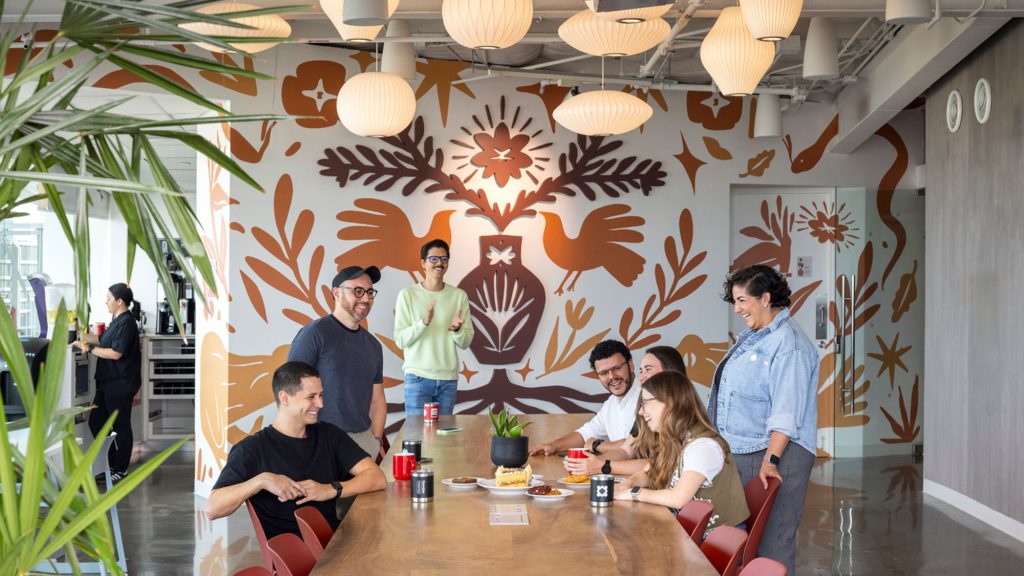
DIVE DEEPER: Click here to discover how your physical space can enhance your productivity</a
Integrating Key Elements of Intentional Design
To truly harness the transformative power of intentional design in your personal organization routine, it is essential to understand and integrate its fundamental elements effectively. By focusing on the core principles, you can create a structured environment that enhances clarity, boosts efficiency, and fosters motivation.
One of the starting points in this journey is the concept of minimalism. Embracing a minimalist approach is not merely a trend; it’s a lifestyle choice that encourages you to retain only what is essential. For instance, consider your workspace: if your desk is cluttered with various objects, it can become a source of distraction and stress. An organization method such as the “One In, One Out” rule can be beneficial—when you acquire a new item, commit to removing an old one. This practice aids in maintaining a tidy environment conducive to focus.
The second element to consider is functionality. It is vital to select tools and storage solutions that facilitate rather than hinder your workflow. For example, using labeled storage bins or drawer organizers can reduce the time it takes to locate frequently used items. Moreover, ergonomically designed office supplies can enhance your comfort, promoting sustained concentration during tasks. This delicate balance between practicality and comfort ultimately contributes to a more productive day.
Another crucial aspect is aesthetics. Many underestimate the impact a visually appealing space can have on overall productivity. Personalized decorations, like inspirational quotes or cherished photographs, can serve as motivators while also adding character to your environment. Integrating elements of nature, such as plants, can also improve air quality and contribute to a serene atmosphere—fostering creativity and innovative thinking. According to a study published by the Journal of Experimental Psychology, offices with plants saw a boost in employee productivity by 15%. In this way, the simple act of incorporating greenery can yield significant returns in terms of focus and motivation.
While these key elements are crucial, understanding the *why* behind intentional design can propel your organizing efforts even further. Each of these principles works synergistically to create a holistic approach to personal organization. The aim is not just to tidy up your space but to cultivate an environment that aligns with your values and objectives. When you implement intentional design effectively, you allow your surroundings to guide your actions and mindset, shifting from mere organization to a purposeful life.
By immersing yourself in the fundamental elements of intentional design, you become equipped to reconfigure your personal organization routine. This method transcends traditional organizing practices, offering a pathway that leads to greater clarity, efficiency, and motivation in your daily life. As you begin to adopt these principles, you may find yourself not only organized but inspired—ready to take on whatever challenges come your way.
Enhancing Efficiency through Intentional Design
The concept of intentional design extends beyond aesthetics; it encompasses functionality and usability, leading to a more efficient personal organization routine. By embedding structure into your daily tasks, you create a seamless workflow that maximizes productivity. This approach allows individuals to identify key areas where time and resources may be wasted, thus enabling them to reallocate efforts toward more impactful tasks.
For instance, the use of digital tools designed with intent—such as task management applications—can streamline your to-do lists and reminders. These applications not only prioritize tasks but also integrate deadline tracking, which keeps your personal and professional life balanced.
Creating Spaces that Inspire
Furthermore, the physical layout of your workspace significantly influences mental clarity and focus. Intentional design in your environment might include decluttering spaces to reduce distractions or ergonomically arranged workstations that promote comfort. Such adjustments can lead to enhanced concentration levels and foster creativity, as individuals feel more in control of their surroundings.
The psychological impact of a well-designed workspace cannot be overstated; individuals often report increased motivation when they work in thoughtfully organized areas. It encourages a mindset geared towards productivity and adaptability, two essential components of effective personal organization.
| Category 1 | Category 2 |
|---|---|
| Workflow Automation | Streamlining tasks through automation tools enhances focus on core responsibilities. |
| Intentional Workspace | Creating an inspiring work environment can significantly boost productivity. |
By utilizing the principles of intentional design, you set the foundation for a repeatable organizational process that can evolve with your needs while continuously enhancing your effectiveness.
DISCOVER MORE: Click here to find out how intentional design can enhance your well-being</
Creating a Customized Organization System
Moving forward with intentional design requires a deep dive into crafting a customized organization system tailored specifically to your unique preferences and needs. Personalization is a critical factor in the efficacy of your organization techniques, as what works for one individual might not be suitable for another. Moreover, aligning your strategies with your core principles allows you to sustain motivation in maintaining an organized environment.
Start by assessing your current routines and identifying patterns in your everyday tasks. Make use of tools such as journals or digital apps designed for productivity tracking. Tools like Notion, Todoist, or Trello can help you document how time is spent. This insight enables you to recognize inefficiencies and address them systematically.
Additionally, it is vital to implement a color-coding system. This method can assist in quickly identifying the priority of tasks or the categories of items you manage regularly. For instance, use red for urgent matters, green for routine tasks, and blue for long-term projects. This visual differentiation not only brings clarity to your daily agenda but can also reduce the cognitive load associated with decision-making, allowing you to focus on execution rather than organization.
Moreover, developing a routine review process helps in sustaining order in your personal organization. Consider setting aside time each week to assess your organization strategy. During this review, observe what methods worked, and what didn’t, and make adjustments as necessary. Engaging in this reflective practice will promote continual improvement and adaptation, ensuring that your system evolves along with your priorities.
Utilizing technology effectively also plays a significant role in enhancing personal organization through intentional design. Equip yourself with apps that sync across devices, allowing you to access important documents, notes, and schedules wherever you go. Services like Google Drive or Evernote provide seamless access to your information and can help you streamline your tasks into one cohesive hub. By centralizing your data, you eliminate the confusion associated with scattered paper trails and numerous digital files.
Additionally, as you build your organization system, consider employing routine rituals that complement your design. For example, a ‘15-Minute Tidy Up’ session each day can help maintain your organized space, preventing clutter from building up. Rituals act as anchors in your daily schedule, reinforcing the habits necessary for sustaining your personal organization. These small, intentional practices serve as a reminder that maintaining order is an ongoing journey, not just a task to check off your to-do list.
To further enhance your routine, gather insights from various sources. Engaging with books such as “The Life-Changing Magic of Tidying Up” by Marie Kondo or “Atomic Habits” by James Clear can provide valuable perspectives and practical methodologies. Implementing recommendations from such literature can enrich your process, offering fresh strategies to integrate into your personal organization routine.
By understanding how to create a customized organization system, you harness the power of intentional design to shape an environment that not only reflects your personal style but also facilitates productivity. As you tailor your strategies to your own habits and preferences, you will discover the potential for a more organized and fulfilling life experience.
DISCOVER MORE: Click here to enhance your mindfulness journey
Conclusion: Embracing Intentional Design for Lasting Transformation
In summary, intentional design transcends mere aesthetics; it holds the power to revolutionize how you approach personal organization. By integrating a personalized organization system into your daily routine, you can create an environment that promotes clarity, efficiency, and productivity. As you assess your habits, implement tools, and develop vibrant strategies like color-coding and regular reviews, you are setting the stage for long-term success.
The journey towards an organized life is not a one-time fix, but an evolving practice. Engaging in routine rituals, such as daily tidy sessions or periodic evaluations, reinforces consistency and instills a sense of accomplishment. This ongoing practice of reflection will bolster your resolve to adjust and improve your organization system continuously.
Incorporating technology into this framework can further enhance your organization efforts, offering accessibility and streamlining your tasks within a centralized digital workspace. As you utilize tools that resonate with your style, you’ll find the process not only manageable but also rewarding.
Ultimately, the art of intentional design lies in your ability to tailor these strategies to fit your unique lifestyle. Every individual has different triggers for motivation, and by aligning your organization methods with your personality, you can cultivate an environment that not only organizes but inspires. So, take the plunge—embrace intentional design and watch as it transforms your personal organization routine into a powerful catalyst for a more focused and fulfilling life.
